
Exfoliation is an important part of a skin care regimen. This cosmetic technique involves removal of the old dead skin cells on the surface. The goal is to help maintain healthy, smooth and radiant skin and to refresh the complexion. Exfoliation is an important part of facials, but it is also used during microdermoabrasion or by using chemical peels. Exfoliation is very popular today, with a lot of chemicals and mechanical products available on the market, but this technique dates back to ancient Egyptians, who first practiced exfoliation. People in the middle ages even used wine as a chemical exfoliant.
Why is exfoliation important?
The skin cells constantly reproduce, and the new cells replace the old ones. In this process, the old cells move from the base of the epidermis up to the top layer. It usually takes about a month for them to reach the surface of the skin. If a person doesn’t use any exfoliants, the excess dead cells will gradually build up in irregular patches, forming blemishes, scaling and overall dull appearance of the skin. Regular exfoliation helps to remove the excess skin cells and restores smooth, silky and supple skin. It also helps to improve penetration of other skin products, making the top layer of the skin thinner and refined.
People with problematic skin may especially benefit from exfoliation as it removes the acne-causing bacteria and oil which are trapped by the skin cells. It also helps to loosen the blackheads making it more easy to remove them and restore healthy appearance of the skin.
Types of exfoliation
Most of the exfoliants contain abrasive substances which physically scrub the surface of the skin to remove the dead cells. They usually contain almond shells, sugar, salt crystals, crushed apricot kernel, or various micro-beads. Efficient exfoliants are also microfiber cloths, adhesive sheets or other abrasive materials such as sponges, loofahs, and brushes.
Chemical exfoliants are usually products containing various fruit enzymes, citric acid, salicylic acid, glycolic acids or malic acid. Chemical exfoliants are often delivered by medical professionals, but they are also found in lower concentrations in various over-the-counter products.
Some methods of hair removal also exfoliate the skin. For example, waxing functions as a great mechanical exfoliant, since the excess dead cells become easily removed together with unwanted hairs.
It is important to choose the right type of exfoliation, depending on the skin type and overall sensitivity. One of the greatest disadvantages of this cosmetic treatment is that it may lead to redness and small skin abrasions.






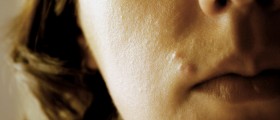
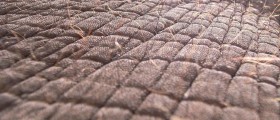


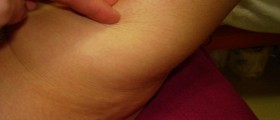
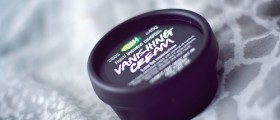




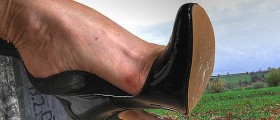
Your thoughts on this
Loading...